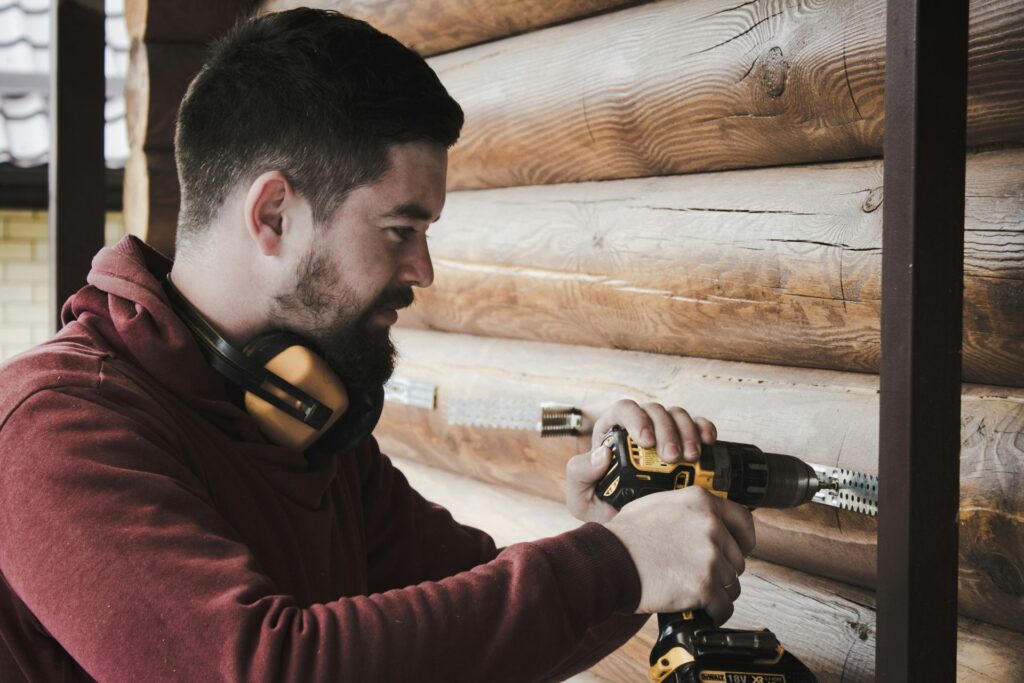
We are reader-supported. When you buy through links on our site, we may earn an affiliate commission.
Few individuals consider their safety when they commute to their nine-to-five jobs. For construction workers, it is a more significant concern. On-site falls are one of the most common causes of injuries and deaths at work.
The stability of ladders, lifts, railings and more affects your safety. Inefficient protective measures cause nearly 880 fall-related deaths on the job annually. You need to evaluate the potential fall risks on a construction site and utilize the five safety tips listed below.
Potential Hazards of Working at Height
Construction is essential to our nation’s development. When workers experience injuries, it limits the number of employees in the field. Severe falls can cause head and brain trauma, spinal cord damage, ligament tears, broken bones and more.
Most falls result from poor on-site preparation and a lack of safety knowledge. Wet surfaces, inefficient walkways and the absence of guardrails increase the risk of injury on the job. The height of a fall and your condition affect the outcome.
In some cases, injured workers require minimal treatment and make a full recovery. However, even with the optimal outcome, construction companies face expensive lawsuits and insurance fees. You can prevent falls on the job with the proper structural support, equipment and awareness.
1. Add a Railing
Railings are effective fall prevention devices, acting as passive protection. Professionals developed various styles to support different projects. Penetration, metal and parapet railings all protect you from injuries.
The Occupational Safety and Health Administration (OSHA) requires companies to prove their danger prevention measures on a job site. Contractors can install railings to meet OSHA regulations. They can also cover holes near the edge of a roof or elevated surface, further preventing falls.
2. Select the Right PPE
Another way to ensure your safety while working at height is by selecting the appropriate personal protective equipment (PPE). Whether elevated or on the ground, you should wear a hard hat to reduce head trauma. At height, workers should wear body harnesses and use a fall arrest system.
Choosing a properly fitting body harness is essential to reducing suspension trauma. After an employee falls, it might be several minutes before professionals can transfer them to the ground. While suspended, the relaxation of your leg muscles allows blood to pool in the lower half of the body instead of moving back to the heart.
Suspension trauma causes nausea, decreased blood pressure, reduced heart rate and unconsciousness. Over time, the effect can cause fatal results. Employers can prevent adverse health effects by efficiently sizing harnesses and measuring fall distances.
3. Evaluate the Distance
Companies can set up an adequate fall arrest system to increase your safety. Accurately measuring a project’s height can prevent injury. If you fall for too long before the system activates, you may experience violent shock.
Professionals can measure the fall distance using a ladder and tape measurer. A spotter must help the individuals gather the information. If there’s no system in place, you must take additional precautions to ensure your safety.
4. Use Machinery Properly
You can prevent falls from machines like lifts by receiving proper operation training. Some companies use a computer-generated simulator to ensure the accuracy of a worker’s machine operation before they enter a job site.
You can prevent materials from falling by securing and testing a crane’s load line. Cranes transport heavy items over job sites, and falls could cause significant harm to your health and the project. If a load is off-balance, it can also offset the machine’s equilibrium, causing tipping and falls.
It is also crucial to limit distractions on a project site, which enhances your awareness of high moving materials. Banning phone use and other distracting technologies can transition an individual’s awareness from below to above. Defining acceptable on-site behavior is essential in a training program.
5. Get Trained in Height Safety
Training all employees about height safety can effectively decrease fall risks. Roof falls are preventable, and many result from poor educational measures. U.S. laws require training, and it improves the security of a construction company overall — so there’s every reason to review your training protocols.
Optimal training programs can lower your insurance rates and prevent injury-related hospital bills. It also improves morale, showing a level of respect and care for your employers.
Responding to Injuries
In the unfortunate incident of on-site falls, it’s vital to understand adequate response procedures. Individuals should contact emergency services immediately following a fall. They should also support the injured employee by keeping them conscious until medical professionals arrive.
Site managers may additionally keep detailed records of the incident, writing a report for insurance purposes. All employees may learn their rights in case of on-site falls. When you understand your legal protection, you can effectively protect yourself and others in challenging situations.
Safety Tips When Working at Height
Working at height can carry risks for construction workers and roofing contractors, but proper planning and safety measures can prevent on-site injuries. Protecting our workers is crucial, and implementing strong training, providing PPE and following all OSHA guidelines will make working at height safer for the industry.










